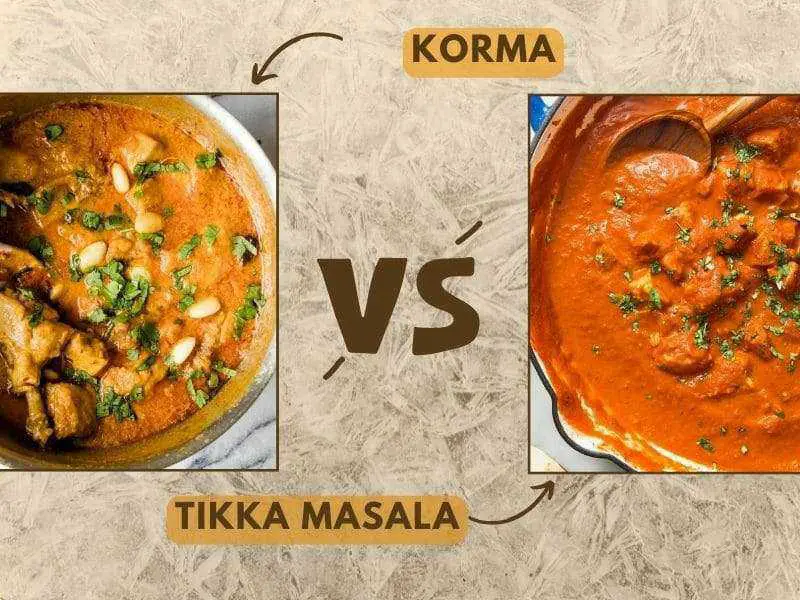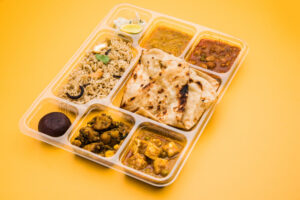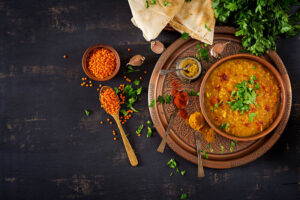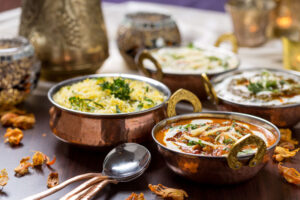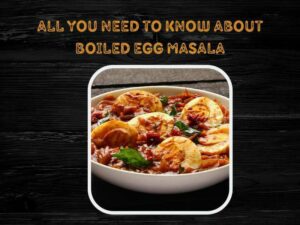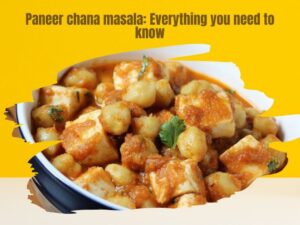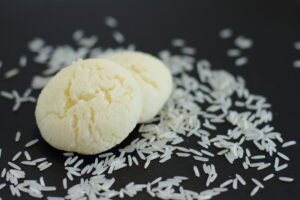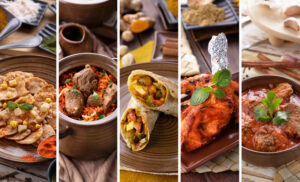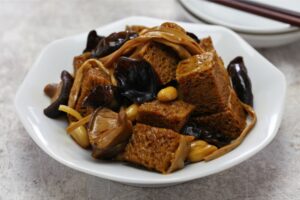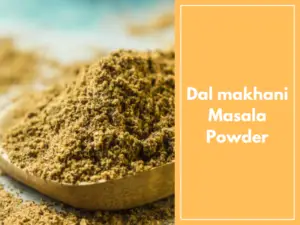The korma vs tikka masala debate is almost impossible to settle, with both dishes regularly featuring on Indian restaurant menus worldwide. To the untrained eye, these gravies may look similar at first, but there are various differences between the two.
Read on as we discuss everything you need to know about korma and tikka masala, including how they differ from each other.
Tikka Masala vs Korma: Are they the same?
Even though either tikka masala or korma can be crowned the most popular Indian food in the world, they are unique in their taste and look. That said, there are some similarities between the two dishes.
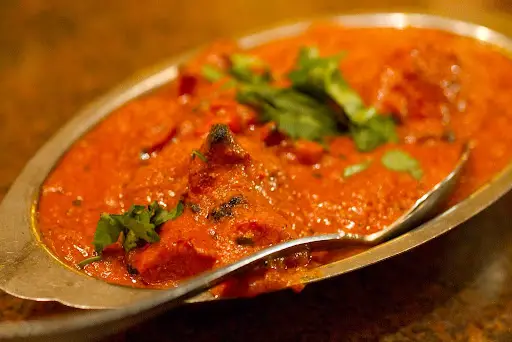
Firstly, they have a creamy sauce as the base, albeit not the same in taste. Both korma and tikka masala are also served the same way. You can enjoy the spiced curries with steamed Basmati rice or buttered naan bread.
In Indian cuisine, you will find korma and tikka masala made with lamb, beef, or even vegetables. However, both these dishes are best made with chicken. As a testament to chicken being the O.G protein for these gravies, you will find that most Google searches show chicken korma vs chicken tikka masala comparisons.
Generally speaking, there is also not much difference in cooking time when comparing korma vs tikka masala. Both dishes take around an hour to prepare. Although, keep in mind that preparation time is dependent on various factors like the thickness of the gravy, the cut of the meat, and the like.
What is the difference between korma and tikka masala?
Tikka masala and korma can sometimes be mistaken for each other because of the similarities in how they are served. However, if you look closely, many clear markers separate the two.
Here are five main differences between korma vs tikka masala, some more subtle than others.
Color
The most telling difference between the two gravies is the color. Tikka masala is a much more vibrant Indian dish with a bright orange gravy color. In contrast, the korma is a much paler yellow.
Curry night ????????????????
— Lisa-Marie (@BrownieLB_1) December 1, 2021
Korma with Coconut Rice #foodwanker #Curry #Korma #chicken #winterfood pic.twitter.com/SjQX0CyFRa
This variation in gravy color is due to the differences in ingredients between the two. The tikka masala gets its colors from using tomatoes and, often, orange food coloring. On the other hand, since korma is a much milder, yogurt-based curry with ground nuts, its color is not as eye-catching.
Texture
Some people would argue that there isn’t much of a textural difference between korma vs tikka masala. However, while both these gravies are creamy, their textures vary subtly. Tikka has a much drier sauce, just enough to coat the chicken (or any other protein source), whereas a korma is much runnier in consistency.
Taste
The nuttiness of the korma is much different from the tangy spice of the tikka masala, which gets its signature rich acidity from tomatoes and cream.
However, tikka masala is still not as spicy as vindaloo, so you can adjust the spice level to your liking without compromising the dish’s authenticity. On the other hand, a vindaloo vs korma has a much starker heat level difference.
If you like something milder like butter chicken, you can check this article comparing makhani vs tikka masala.
Meat Cut
When made with chicken, tikka masala uses smaller, skinless, boneless pieces of the bird. A chicken korma, in contrast, is made with bone-in parts like the chicken legs and thighs. However, this can change based on personal preference.
You can replace meat with tofu in a tikka masala gravy. Find the recipe here.
Cooking Technique
These days, most people do not follow the unique cooking methods when it comes to making tikka masala vs korma curry. They are both usually made the same way: by cooking the chicken and adding it to the curry. However, traditionally they have different cooking methods.
Tikka masala is made by skewering a marinated protein (usually chicken) or vegetables and cooking it in a tandoor. Then, the cooked chicken (or its variation) is then added to a spiced tomato sauce.
The chicken is simmered in a yogurt-based sauce on medium heat to amalgamate all the flavors in a korma. As a result, a korma is much more aromatic since it uses fragrant spices like cinnamon instead of black pepper.
These days you can order Indian grocery online to find saucy and dry versions of ready-to-cook these dishes readily. Then, all you have to do is follow instructions to make a killer korma or tikka masala.
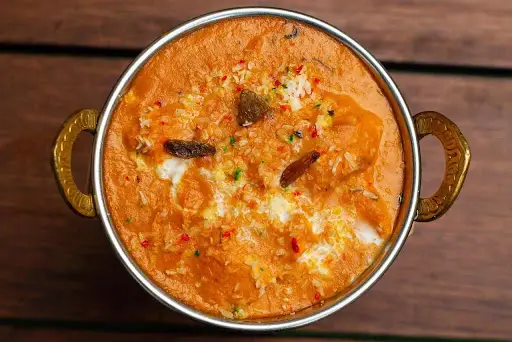
Korma Vs Tikka Masala: History and Popularity
Korma is one of the most famous Indian dishes with a creamy sauce, but it does not hold a candle to the worldwide popularity of the tikka masala.
While korma is an Indian curry dish originating from the subcontinent during the Mughal era, the tikka masala origins are much more debated. Some accounts say that tikka gravy was a quick addition to the chicken tikka by a Bangladeshi chef in Glasgow after a customer complained of dry chicken. But, more likely, the tikka masala is a variation of another delectable Indian curry, butter chicken.
Regardless of how it came to be, tikka masala, specifically the chicken version, is considered Great Britain’s national dish – a true food fusion marvel.
What does korma taste like?
Taste-wise, korma is much milder and earthier than tikka masala. The addition of ground nuts enhances the richness of the korma.
Which is Hotter: Korma or Tikka Masala?
While tikka masala does not rank as high on the spice scale as a vindaloo, it has much more kick than the sweet taste and creamy texture of a korma. Tikka masala uses a unique blend of spices called garam masala; korma leans toward fragrant spices like cardamom and cinnamon, adding poppy seeds for a mild flavor.
Some renditions of the korma use cayenne pepper, but it’s much less noticeable due to rich ingredients like almond or cashew paste.
Which is Healthier: Korma or Tikka Masala?
Considering the most famous versions of the curries, one ounce of chicken tikka masala and chicken korma has almost the same calories – 45 and 47, respectively. Thus, both should be enjoyed in moderation. However, when homemade, additions like cream, butter, and ground nuts can significantly affect calories consumed per serving.
